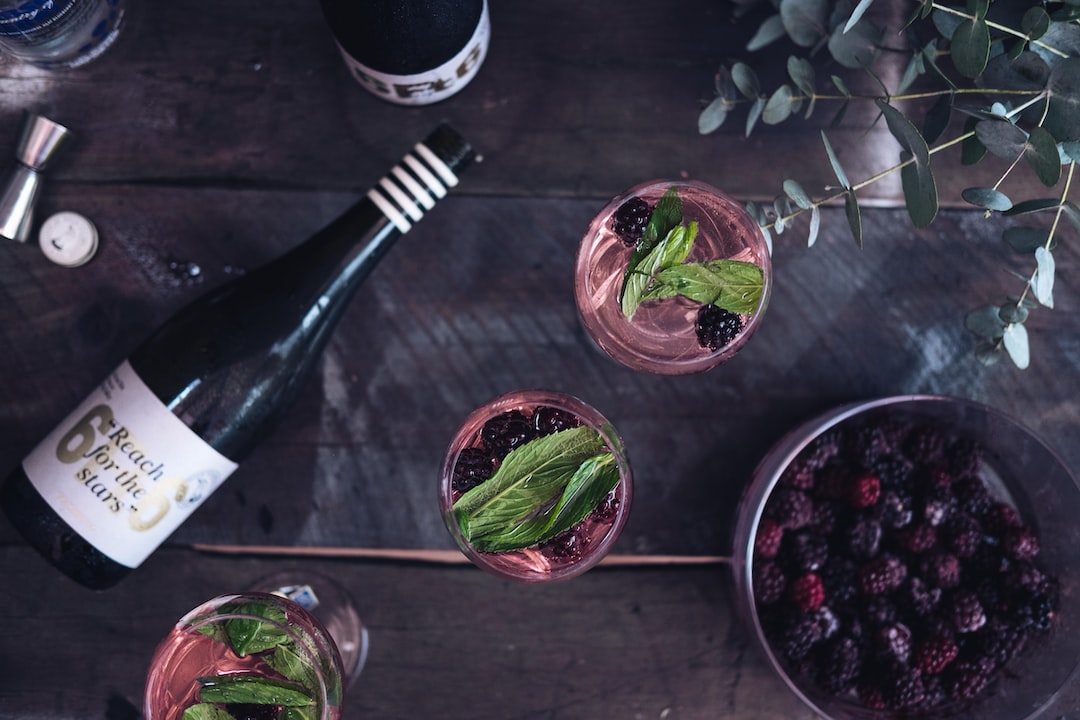The Science behind Wine Pairings: Discovering the Perfect Match for Your Palate
Wine has been enjoyed for centuries, and one of the key aspects that enhances the wine-drinking experience is finding the perfect food pairing. The right combination can elevate the flavors of both the wine and food, creating a harmony in taste. This delicate art of pairing is not solely based on personal preference, but it is backed by science. Understanding the different wine types and their compatibility with various food groups can help you discover the perfect match for your palate.
When it comes to pairing wine with food, it’s important to consider the intensity and flavors of both components. The first step is to identify the basic wine types – red, white, and rosé. Each type has its unique characteristics that affect the pairing process.
Red wines, with their bold flavors and higher tannin content, are usually paired with red meat. The tannins in the wine help cut through the richness of the meat, creating a balanced and enjoyable combination. Full-bodied reds like Cabernet Sauvignon or Syrah go well with grilled steaks or roasted lamb, while lighter reds like Pinot Noir complement dishes like roasted chicken or mushroom risotto.
White wines, on the other hand, are generally paired with fish, seafood, or poultry. White wine’s acidity can cut through the oily and buttery flavors, providing a refreshing and vibrant palate. Chardonnay pairs well with buttery lobster or grilled fish, while Sauvignon Blanc complements fresh salads or grilled chicken.
Rosé wines offer a versatile option that can work well with a variety of dishes. They are typically served chilled and have a crisp, fruity flavor profile. Their balanced acidity allows them to pair well with light meats, salads, and even spicy cuisines. Rosé can be a great choice for a summer barbecue or a casual gathering with friends.
Apart from wine types, another aspect to consider is the taste profile of the wine. Understanding the flavor components – sweetness, acidity, bitterness, and saltiness – can help you make more informed choices. For instance, pairing a sweet dessert wine like Moscato with a rich chocolate cake can enhance the overall sweetness, creating a delightful combination.
As with any science, experimentation is key. Exploring different wine types and experimenting with various food pairings is the best way to find your perfect matches. Keep a journal of your experiences, noting the flavors you enjoyed and those you did not. Over time, you’ll develop a better understanding of your personal preferences and be able to make educated choices when it comes to wine pairings.
In conclusion, wine pairing is a skill that can be developed with knowledge and experience. Understanding the different wine types and their compatibility with various dishes is the first step in creating the perfect match for your palate. By considering the taste profiles and experimenting with different combinations, you can elevate your wine-drinking experience and discover the harmonious balance between flavors. So, next time you uncork your favorite bottle of wine, take a moment to consider the science behind its perfect pairing.
************
Want to get more details?
Vino Muse
https://www.vinomuse.com/
Thoughts. Experiences. Inspiration.
Musings on wine for the naturally curious.

